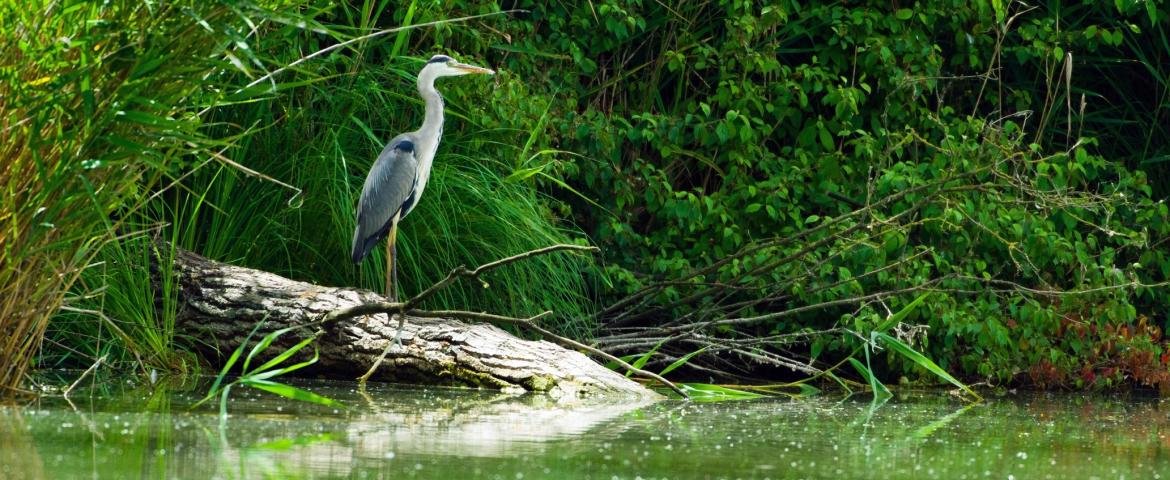
An uncertain and changing current told through the history of a river village
❝Within an unruly river environment, one always subject to periodic flooding, the village of Santa Maria in Punta is an emblem of a community's centuries-old relationship with a river. The village, built in the Middle Ages near a fork in the mighty Po di Venezia and near where the ferry crossing is today, now gives visitors incredible insight into the nature of ongoing river culture.❞
Where the Po forks, resulting in the Po di Goro river branch and the extended river island of Ariano, stands the village of Santa Maria in Punta, surrounded by the waters of the two main branches of the Delta: Po di Venezia in the north and Po di Goro in south. This small and modest river village has medieval origins and is mentioned by sources as far back as the 13th century: a few houses and a church, near an ancient river ferry crossing, flanked by unstable lands and subject to the moods of the water. On the floodplain, among the sands, the remains of old fishermen's houses are still visible, abandoned after one of the many floods. At one time, to reach this village, it was necessary to cross one of the two branches of the Toi river (now Po di Goro) and it is this fact that led to the first name given to the town, "Trageti" or "Tragetus" (by ferry): this denomination appeared for the first time in a document of 1298 and remained in use until the 18th century.
The small Romanesque church, named after Santa Maria del Traghetto, was built to protect boats and travellers passing through the village. Inside there is a wooden statue of the Madonna, the subject of a curious legend. It is said that several centuries ago some boatmen saved a statue of the Virgin Mary from the waves which they called Madonna della Seggiola (Madonna of the Chair). Their joy at finding it did not last long, because the inhabitants of nearby Corbola took the statue by claiming ownership of the waters in which the find was made. The following day, however, the statue reappeared "miraculously" in the church of Santa Maria in Punta.
According to legend, the statue returned several times to the church, "escaping" at night from Corbola and recognizing Santa Maria as its elective residence. The devotion of the inhabitants towards the statue and the determination to protect this small village are attested to by the numerous renovations made of the church over the centuries. Today, the sacred building has a rectangular plan, a single nave and a semicircular apse. Curiously, the roof, with exposed beams, recalls the hull of a boat, while the four side chapels host magnificent baroque altars.
By train: Santa Maria in Punta is situated about 15 km from Adria station, with good cycle-rail interchange facilities.
By car: coming from Adria, follow the signs to Corbola and Ariano nel Polesine along SR495, then turn into SP87 to Santa Maria in Punta. Coming from SS309 Romea, follow the signs to Corbola along SP46, then go on along SR945 to Ariano nel Polesine, and finally follow the signs to Crociara and Santa Maria in Punta.
Where to eat:
we suggest Trattoria Il Girasole (Via Nuova 1569, Corbola; tel. 0426 950267) and Pizzeria Spaghetteria 6 Archi (Via Lazzara 10, Corbola; tel. 0426 45493).
Where to stay:
we recommend Agriturismo Casa Ramello and Agriturismo Ai Pavoni.
Tours and bike & boat rental:
for bike and horse trips and boat tours please refer to the website of Parco Delta del Po.
Stories and memories from the tradition of river navigation in an "immersive room"
Look out from the imposing "guardian of the river mouth" to the horizons that inspired writers and poets
An old country villa of the Venetian patricians immortalized by the verses of Lord Byron
The history of the land reclamation of the Delta told through a colossal early 20th century water-drainage pump